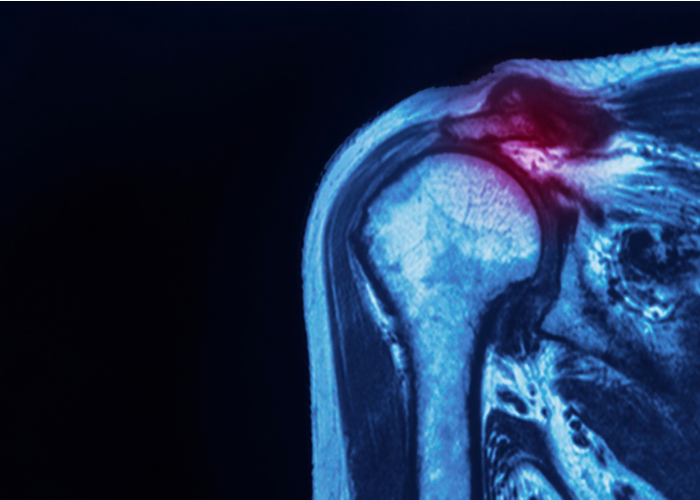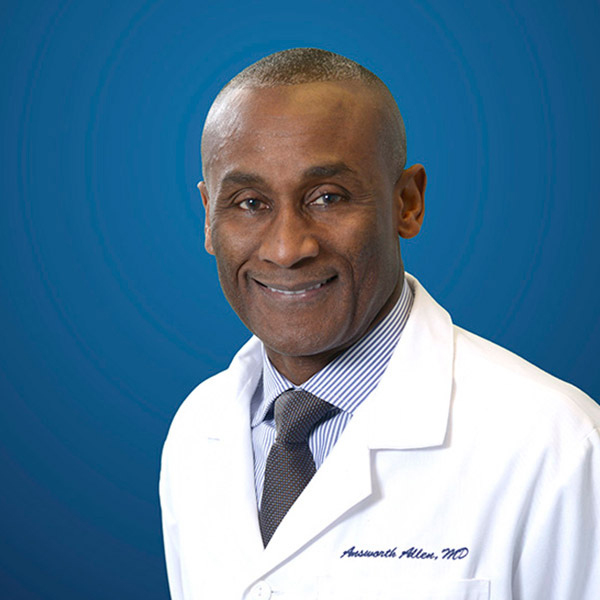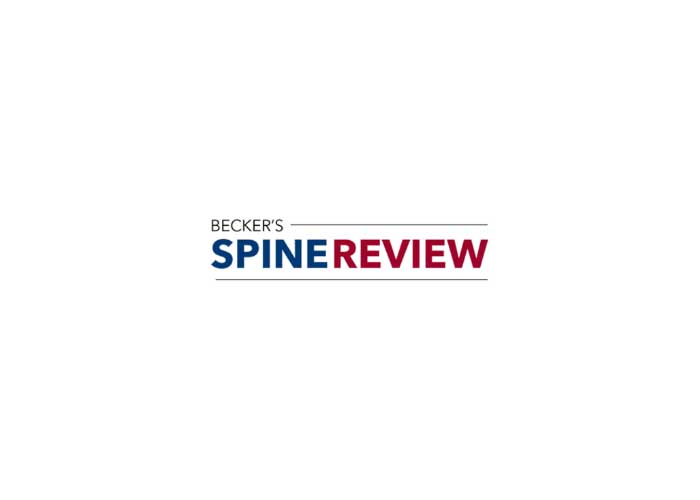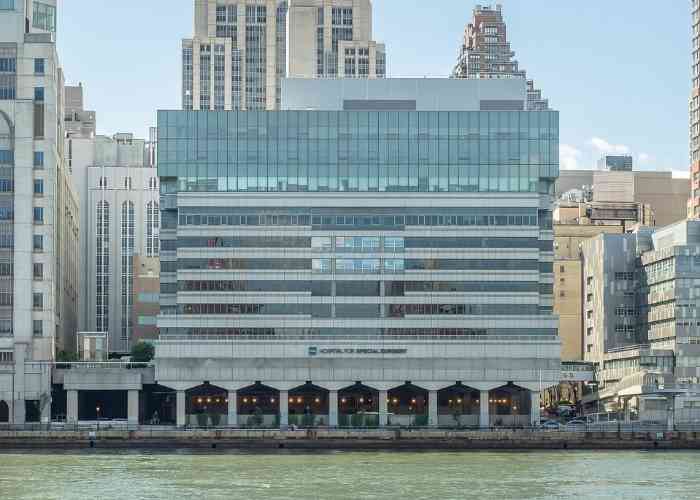What is the difference between a labral tear and a SLAP tear?
The shoulder is a ball-and-socket joint formed by the humerus (upper arm bone) and the glenoid portion of the scapula (shoulder blade). The labrum is a dense and fibrous cartilage within the shoulder joint that functions to stabilize the shoulder as well as aid in joint movement. When the labrum is torn or damaged, the shoulder joint weakens and becomes more unstable. A labral tear can become painful, limit the shoulder’s range of motion, and ultimately lead to recurrent shoulder dislocations.
The labrum within the shoulder joint serves as an attachment site for the biceps tendon. When the labrum is injured, the biceps tendon can become detached from the labrum causing the labrum to be torn away from the bone. This is known as a Superior Labrum Anterior and Posterior (SLAP) tear. This type of tear is often the result of blunt force trauma directly to the shoulder. A SLAP tear causes pain deep within the shoulder that worsens with movement.

What is the treatment for a labral or SLAP tear?
A labral or SLAP tear is often successfully resolved with conservative therapies alone. However, when conservative treatment is unsuccessful, or with more severe labral and SLAP tears, surgical repair may be required. The labral or SLAP tear can be repaired arthroscopically, a minimally invasive procedure involving a small camera (arthroscope) and specialized surgical instruments to repair and reattach the soft tissues. The surgical repair of a labral or SLAP tear aims to restore strength and mobility to the shoulder joint. Dr. Answorth A. Allen, orthopedic shoulder surgeon, treats patients in Manhattan, New York City, Westchester, Long Island and surrounding areas who have suffered multiple shoulder dislocations and are in need of arthroscopic surgical repair of a labral or SLAP tear.
How is the repair of a labral or SLAP tear performed?
Dr. Allen prefers the arthroscopic approach to surgically repair a labral or SLAP tear. Prior to the procedure, the patient is given a regional anesthetic or nerve block. To begin, Dr. Allen will make some small incisions surrounding the shoulder joint and a sterile solution is introduced to create a clearer image of the muscles, tendons, and ligaments of the shoulder joint. A small camera (arthroscope) is then inserted through an equally small incision and the images are relayed to a screen for Dr. Allen to observe the shoulder joint. Specialized surgical instruments are utilized to remove the damaged tissues and prepare the glenoid socket for labrum reattachment. The labrum is repaired to its anatomic location using suture anchors that are secured within the bone of the glenoid socket. When all the necessary corrections have been made, the camera and surgical instruments are removed, and the incisions are closed with sutures.
What is the recovery period like after arthroscopic repair of a labral or SLAP tear?
The recovery period is variable and depends upon the severity and complexity of the procedure performed to repair the tear. Patient health, level of activity and underlying conditions will also play a role in the recovery time. The minimally invasive arthroscopic approach can decrease the recovery time; however, the soft tissues still take the same amount of time to heal. From the date of surgery to full recovery the timeline is approximately 4+ months depending on level of fitness and the ultimate functional goals of the patient (sports vs. normal activity level). It is important to carefully follow the post-operative care instructions provided by Dr. Allen. In general, patients in New York can expect the following:
- The shoulder joint is immobilized with a sling immediately following surgery, and remains immobilized for approximately 4-6 weeks, as determined by Dr. Allen.
- Ice packs can be applied to reduce post-operative swelling. Dr. Allen can prescribe stronger pain medications to be taken as directed.
- Within the first week of surgery, passive range of motion exercises will begin.
- Active range of motion exercises will begin typically 4-6 weeks post-op.
- Once cleared by Dr. Allen, a physical rehabilitation program will be recommended to gradually restore range of motion and strength to the shoulder. Adhering to and completing this program is the key to a patient’s success following arthroscopic repair of a labral or SLAP tear.
Labral Tear Surgeon

Have you been diagnosed with a labral tear or a SLAP tear? These injuries can be treated with conservative therapies, however, more serious cases are best resolved with arthroscopic surgery. This is a minimally invasive procedure that helps restore motion and reduce pain to the shoulder. Arthroscopic shoulder surgeon Doctor Answorth Allen provides diagnosis and treatment for patients in Manhattan, New York City, Westchester, Long Island and surrounding areas. Contact Dr. Allen’s team today!






